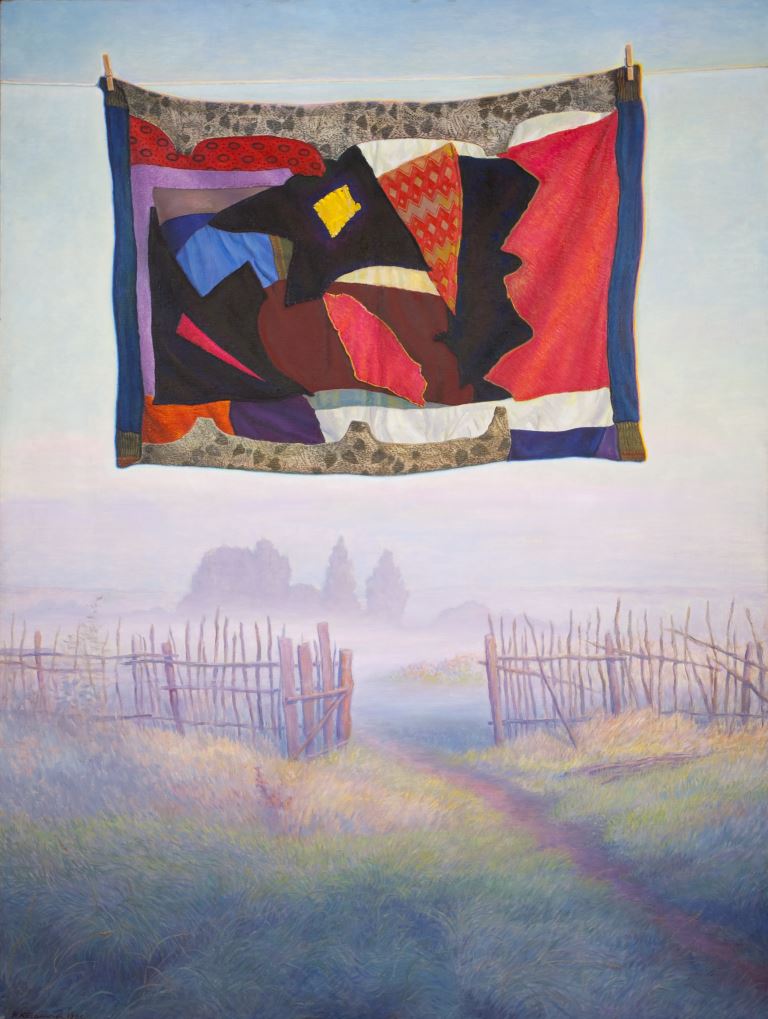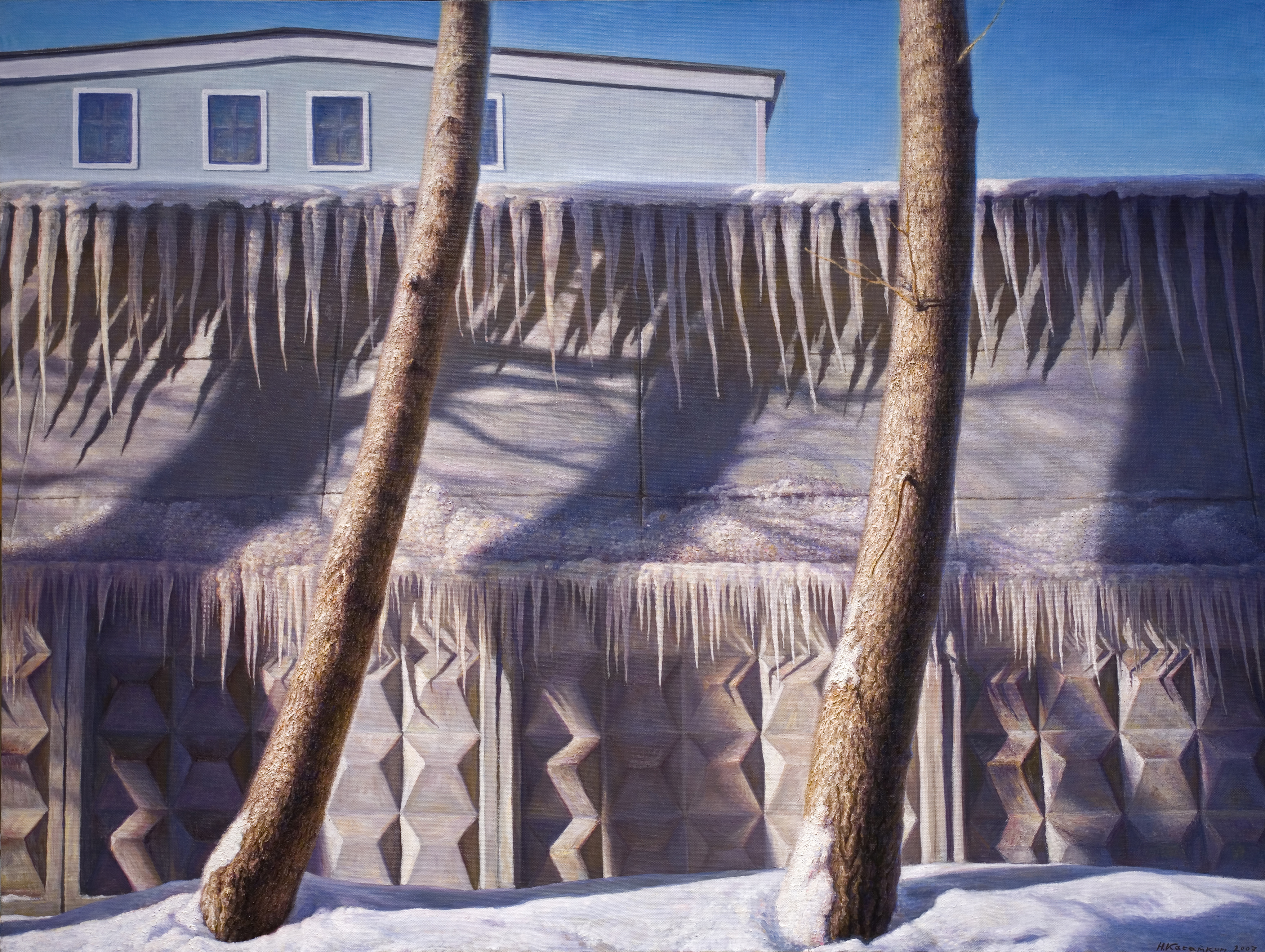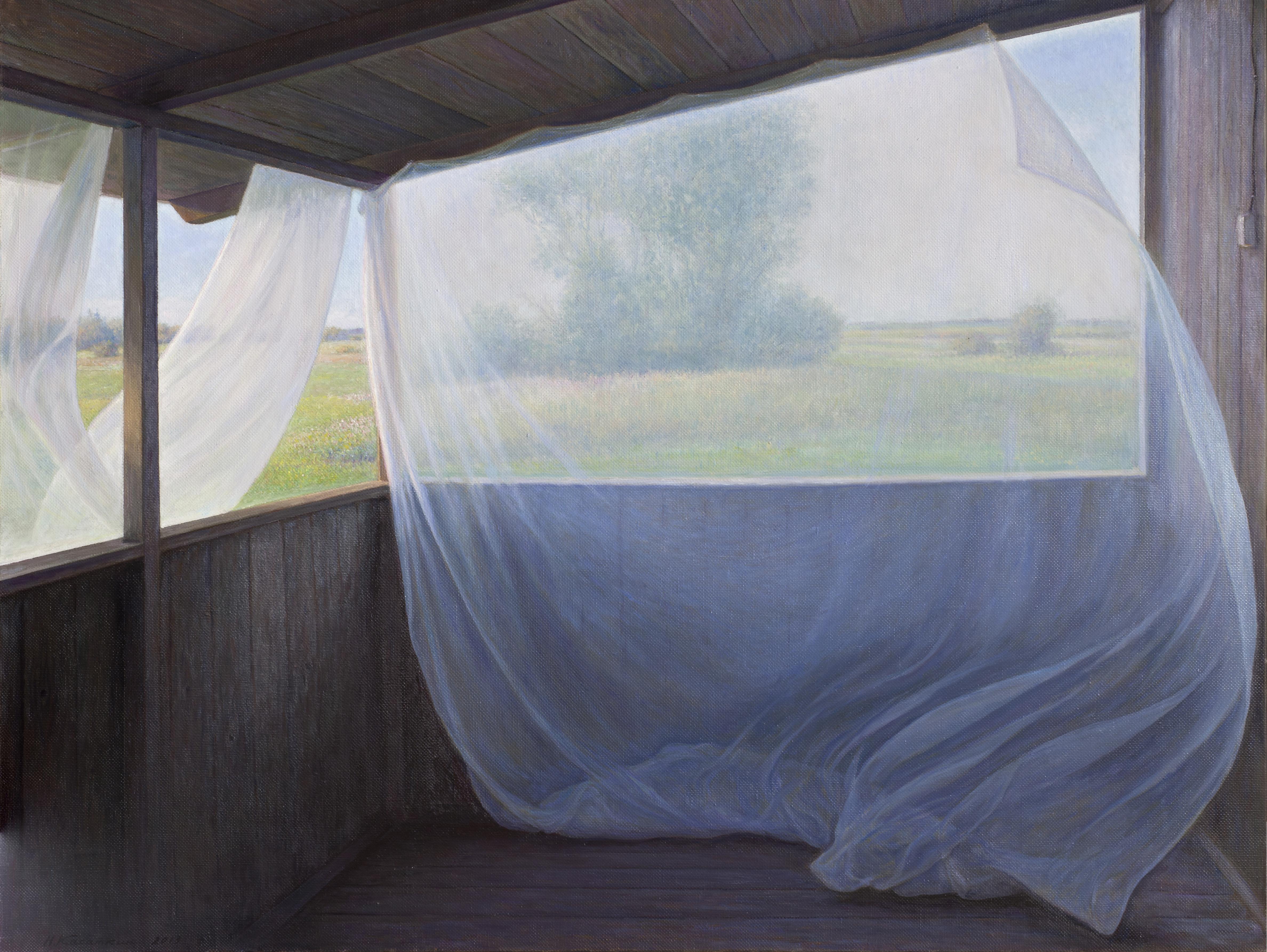Шрифт:
Интервал между буквами(Кернинг):
Размер:
Инверсия цвета Включить изображения Обычная версия сайтаLooking Back. Retrospective. 2015 – 1948
Moscow City Department of Culture
Manege Museum and Exhibition Association
October 6 – November 1 (private view on October 5 октября, 7pm)
“Looking Back. Retrospective. 2015—1948”. Exhibition of Nikolay Kasatkin
Curator Sergey Popov
In October 2015, the Manege Association will stage the first retrospective of Nikolay Kasatkin, the acclaimed classic of Russian contemporary art.
The exhibition will feature over 100 paintings, objects and pieces of graphics. Many of the artist’s works will be on display for the first time.
Part of the exhibits for the exposition in the New Manege will arrive from other museums, including the State Tretyakov Gallery, the Pushkin Museum of Fine Arts, the Moscow Museum of Modern Art, as well as several regional museums like the Smolensk Museum, the Vologda Regional Picture Gallery, the Belgorod State Art Museum. A majority of works by Kasatkin have settled in private collections across the world, and the most prominent of them, like the regional foundation of contemporary art Novy and the Foundation of Vladimir Smirnov and Konstantin Sorokin, will be contributing exhibits for the show.
Curator Sergey Popov offers an unusual retrospective angle of the artist’s path: viewers will be walking from Kasatkin’s mature works to his earlier pieces to discover the origins of the ideas he has worked on for decades. The earliest exhibits date back to the years after the war when Kasatkin was a student of the legendary Moscow Secondary Art School in Krymsky Val. The exhibition will be accompanied by a specially prepared catalogue comprising articles by art experts (V. Patsyukov, S. Popov, K. Svetlyakov) and accounts of other artists of Kasatkin’s inner circle (E. Bulatov, B. Orlov, D. Prigov).
This exhibition may become an eye-opener for those who believe that the contours of “the other art” were finally established in the past decade and inscribed in academic works. Kasatkin is probably the last “unshown” artists among the classics of contemporary art, a prominent figure to change the popular vision of the historical paths of national art. His works stand apart from the influences of Western post-war avant-garde as much as from the classical and, later on, Soviet school of realism. A large-scale exhibition of Kasatkin is especially relevant in the current situation when the search for “national identity” needs an open dialogue with the global culture.
Nikolay Kasatkin was born in Zhukovo village in the Smolensk region in 1932. He has lived in Moscow since 1933, and since 1983, he has spent summers in village Vorontsovo in the Smolensk region. He graduated from the Surikov Art Institute in 1959; since 1973, he has been a member of the Moscow Union of Artists. His individual artistic world has developed within the circle of Moscow’s artists of “the other art”, mostly Erik Bulatov and Oleg Vassiliev.
After graduation, his creative search went on in the way of post-Cezannist experiments with influences by Robert Falk’s paintings; in the late 1960s and beyond, he went on to explore the intersection between a painting and an object. He focused on the influence of photography and kitsch on painting, but his main genre since the early 1970s has been conceptual landscape, which combines recognizable landscape structures and references. Like Erik Bulatov and Oleg Vassiliev, Kasatkin has worked with the painting’s space and objective principles of composition, building on the achievements of both avant-garde and realism (particularly landscapes of the 19th century) and thus developing his own unique and recognizable manner in art. He works slowly, creating, as a rule, several paintings a year and often getting back during the year to his summer impressions of the landscapes of the Smolensk region.
His works will be chronologically divided into series, each of them representing a distinctive idea and mode of relationship with the viewer. Many of Kasatkin’s works are on a large scale, measuring more than four meters in length. However, this has nothing to do with megalomania, but rather reflects a necessity to bring in the viewer within the almost tangible space of the painting.
Most of these works will be on display in the New Manege.
“As clich?d as it may sound, I would still point it out that Nikolay Kasatkin is a living classic, his talent is unquestionable, and the significance of his contribution for Russian contemporary art is beyond any doubt. We are happy to present such a large-scale project encompassing some works that have never been on display before. Also interesting is the curator’s idea to present a retrospective angle from the current time to earlier works, which is certainly reflected in the unusual architecture and design of the exposition,” said Irina Tolpina, General Director of the Manege Museum and Exhibition Association.
Media contacts:
Manege Museum and Exhibition Association | +7 (495) 645 92 76 | pr.manege@gmail.com
Head of PR Department Elena Karneeva | e.karneeva@moscowmanege.ru, +7 (926) 576-40-53







